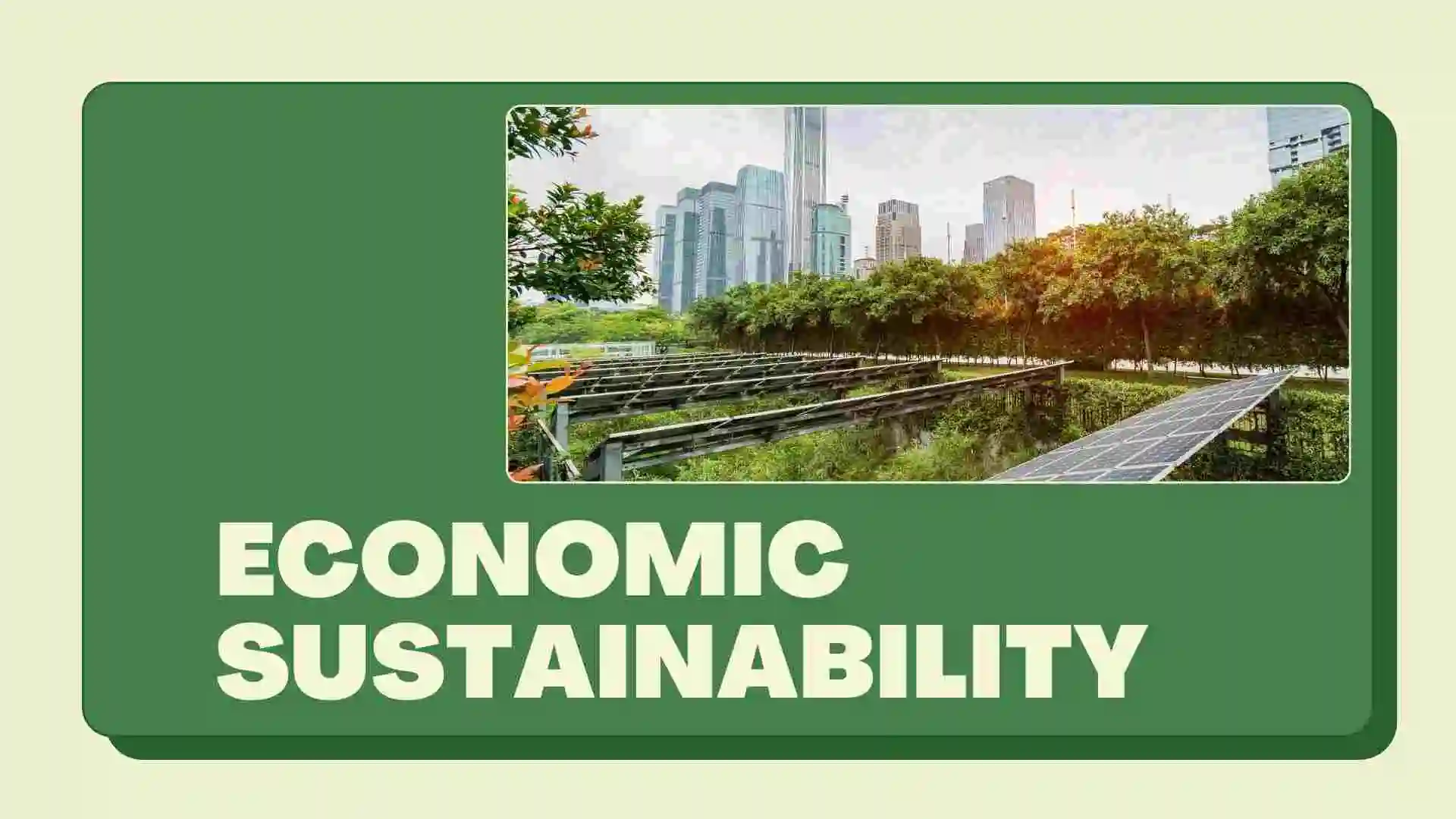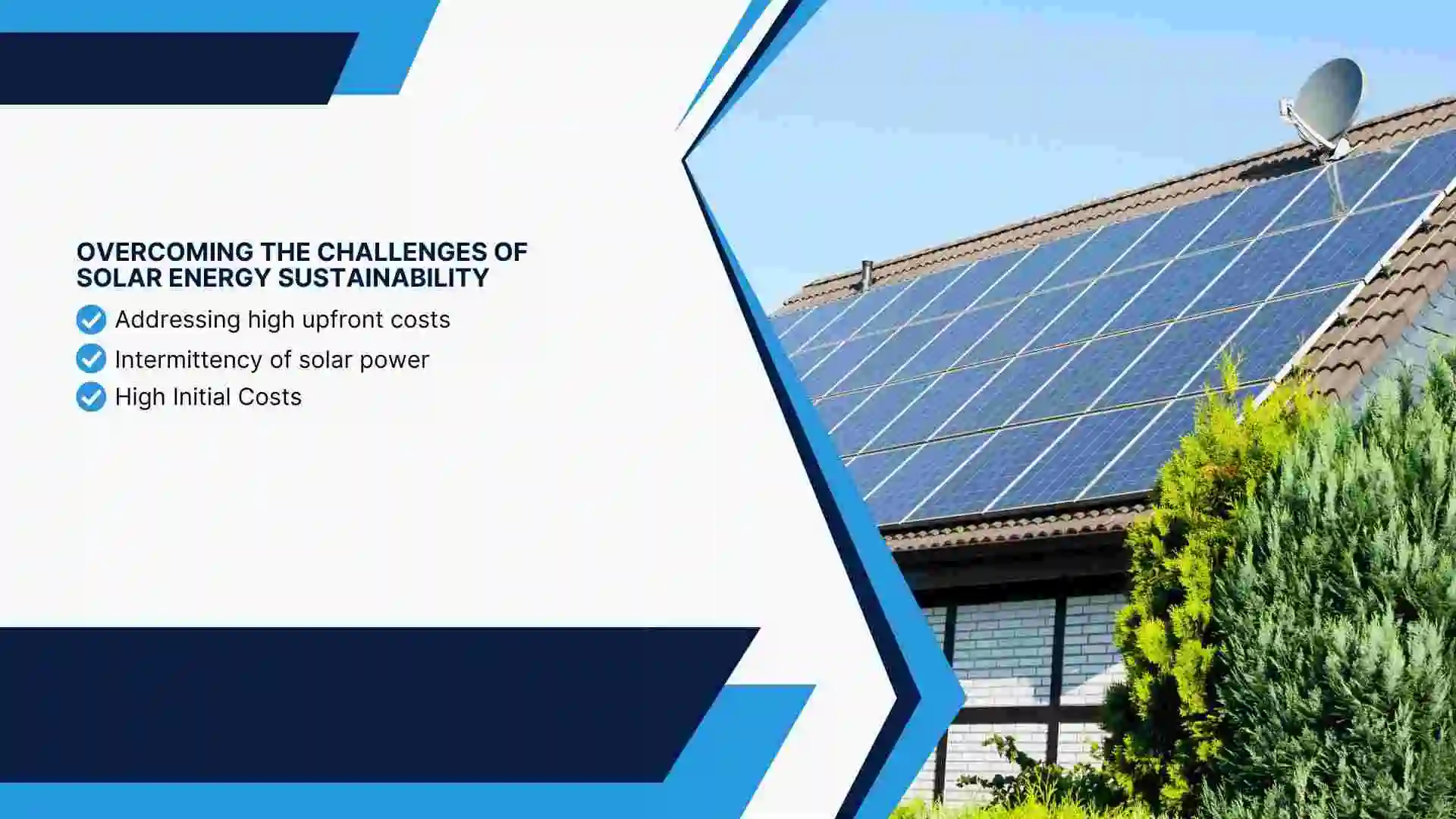Sustainability of Solar Power – Exploring the Future of Clean Power in 2025
Sustainability of Solar Power is one of the most sources of energy available today. It’s renewable, meaning it will last for billions of years, and it doesn’t release harmful emissions while in use. As technology improves, solar power systems are becoming more efficient, and the cost of installation is dropping. By 2025, solar energy is expected to be an even bigger part of the global energy mix, helping to meet the rising need for clean power.

The future of solar energy looks bright, thanks to advancements in energy storage and panel efficiency. Solar power is becoming a key solution to reduce our reliance on fossil fuels and fight climate change. Both governments and businesses are investing heavily in solar energy to ensure a cleaner, more sustainable future. By 2025, solar energy will remain a crucial part of the global shift towards a low-carbon economy.
If you want to know complete details about zero emission system then please visit Solar Energy Zero Emissions.
Understanding Sustainability of Solar Power’s Role in a Future
Solar energy plays a major role in achieving sustainable development by reducing reliance on fossil fuels, lowering greenhouse gas emissions, and conserving resources. Its ability to generate power without pollution makes it an essential part of any clean energy transition.

The Growing Importance of Sustainability of Solar Power Development
Solar energy contributes to several Sustainable Development Goals (SDGs), such as providing affordable and clean energy, climate action, and fostering economic growth through job creation. It is an essential tool for creating a sustainable and green future.
| Sustainable Development Goal (SDG) | How Solar Energy Contributes |
|---|---|
| Affordable and Clean Energy (SDG 7) | Provides clean, renewable energy, reducing dependence on fossil fuels |
| Climate Action (SDG 13) | Reduces carbon emissions by replacing traditional energy sources |
| Decent Work and Economic Growth (SDG 8) | Creates jobs in solar energy manufacturing, installation, and maintenance |
| Reduced Inequalities (SDG 10) | Expands energy access in rural and off-grid communities |
Why Solar Power is Key to Reducing Carbon Footprints
Solar power generates electricity without emitting greenhouse gases. This significantly reduces the carbon footprint, especially when it replaces fossil fuels in electricity generation and heating.
Carbon Emissions Reduction Potential:
| Energy Source | Carbon Emissions (kg CO2 per kWh) |
|---|---|
| Solar Power | 0 |
| Coal | 1.02 |
| Natural Gas | 0.45 |
| Wind Power | 0 |
Solar Power’s Economic Impact – A Sustainable Investment
Sustainability of solar power is not just an environmental solution but also a strong economic opportunity. The solar industry has become a significant contributor to the global economy by creating jobs, driving investments, and reducing energy costs. By 2025, the economic impact of solar energy will continue to grow, positioning it as one of the most sustainable investments for both businesses and governments.

Solar Energy’s Contribution to Job Creation and Green Economy
The solar energy sector has become a key driver of job creation. From manufacturing to installation and maintenance, thousands of new jobs are being generated globally. By transitioning to renewable energy, countries can stimulate economic growth while also fostering a green economy that benefits both workers and the environment.
Job Creation in the Solar Industry vs Other Sectors:
| Sector | Jobs Created (per MW installed) |
|---|---|
| Solar Energy | 5.65 jobs |
| Wind Energy | 4.88 jobs |
| Coal Industry | 0.18 jobs |
| Natural Gas Industry | 0.23 jobs |
Economic Benefits for Businesses and Homeowners
Businesses and homeowners alike can benefit from the financial advantages of solar energy. With lower electricity bills and government incentives, solar power can provide a solid return on investment. Over time, the cost of installing solar panels is offset by the long-term savings, making it a worthwhile economic decision.
Cost Comparison of Solar Energy vs Traditional Energy:
| Factor | Solar Power (Annual Cost) | Traditional Energy (Annual Cost) |
|---|---|---|
| Residential Electricity | $800 – $1,500 | $1,500 – $2,500 |
| Business Electricity | $2,000 – $10,000 | $10,000 – $50,000 |
How Solar Energy Promotes Sustainability of Solar Power
Solar energy plays a vital role in sustainable development by providing clean, renewable power that reduces dependence on fossil fuels. It helps lower carbon emissions, contributing to climate change mitigation. By supplying energy in areas without reliable access to the grid, solar power supports economic growth, education, and healthcare. It also creates job opportunities, boosting local economies and improving living standards.
Additionally, solar energy supports several United Nations Sustainable Development Goals (SDGs), such as affordable energy and climate action. It helps reduce energy costs for businesses and households, making it more affordable for communities to thrive. With solar power, nations can accelerate progress toward a sustainable and equitable future, ensuring that clean energy is accessible to all.
Solar Power as a Catalyst for Sustainable Development Goals (SDGs)
Solar power plays an important role in SDGs such as affordable energy, climate action, and decent work. It helps build resilient infrastructure while supporting the development of sustainable cities and communities.

Case Studies of Solar Energy Leading Sustainable Initiatives Globally
Countries like India and several African nations are using solar energy to power rural areas. These projects are helping improve access to energy, education, healthcare, and agriculture.
Case Study Examples:
| Country | Project | Impact |
|---|---|---|
| India | Solar-powered microgrids | Improved energy access in rural communities |
| Kenya | Solar water pumps | Enhanced agricultural production and water access |
| South Africa | Solar-powered clinics | Better healthcare services in remote regions |
Overcoming the Challenges of Sustainability of Solar Power
Solar energy faces challenges despite its environmental benefits. The production of solar panels involves the extraction of raw materials, which can harm ecosystems. Manufacturing panels also uses a lot of energy, contributing to carbon emissions. However, new technologies are being developed to reduce these impacts.

Another issue is the recycling of solar panels. As more panels reach the end of their lifespan, waste becomes a concern. Many panels are not easy to recycle. But, researchers are working on better recycling methods to recover valuable materials and reduce waste.
Addressing the Environmental Costs of Solar Panel Manufacturing
The production of solar panels involves the extraction of raw materials such as silicon, which can have environmental consequences. However, ongoing research aims to minimize these impacts by developing more sustainable manufacturing processes.
Strategies for Improving Solar Panel Recycling and Waste Management
Efforts are underway to improve the recycling of solar panels. New technologies are being developed to recover valuable materials, reducing the environmental impact of solar panel waste.
Solar Panel Recycling Process:
| Steps | Process |
|---|---|
| Step 1 | Removal of panels from installation |
| Step 2 | Dismantling and separation of materials |
| Step 3 | Recovery of silicon, glass, and metals |
| Step 4 | Reuse or recycling of recovered materials |
Conclusion
Solar energy is a cornerstone for a sustainable future. It offers a clean, renewable energy source that reduces environmental impacts and helps combat climate change. As technology advances and costs decrease, solar power becomes more accessible and economically beneficial for individuals, businesses, and governments.
By promoting job creation, economic growth, and improved energy access, solar energy plays a key role in achieving global development goals. Overcoming challenges such as manufacturing impact and recycling will further enhance its sustainability. In the coming years, solar energy will continue to be essential in building a cleaner, greener, and more equitable world for future generations.
